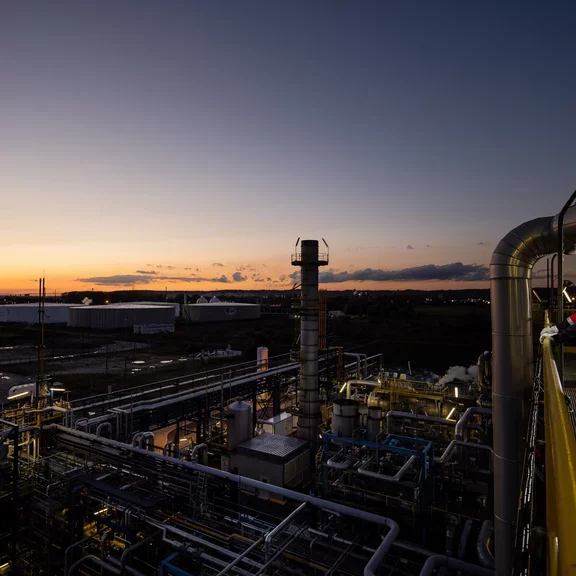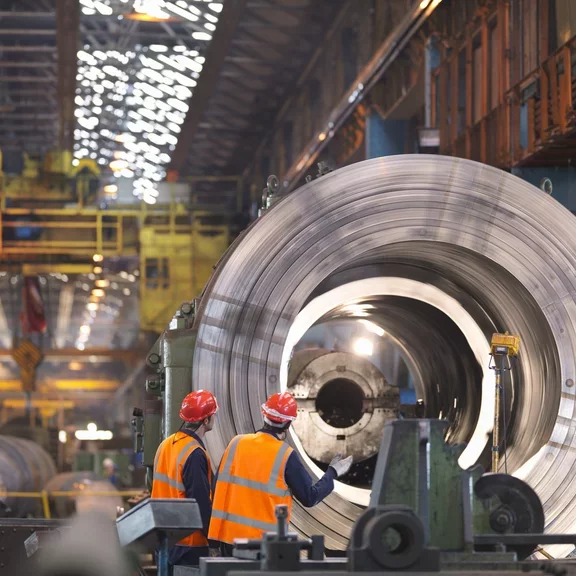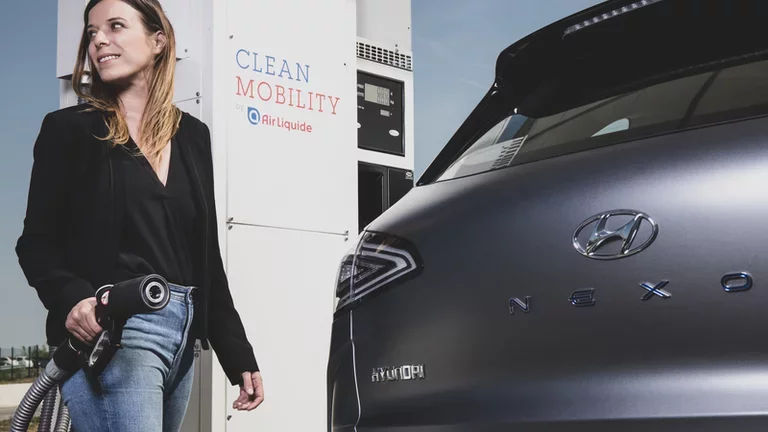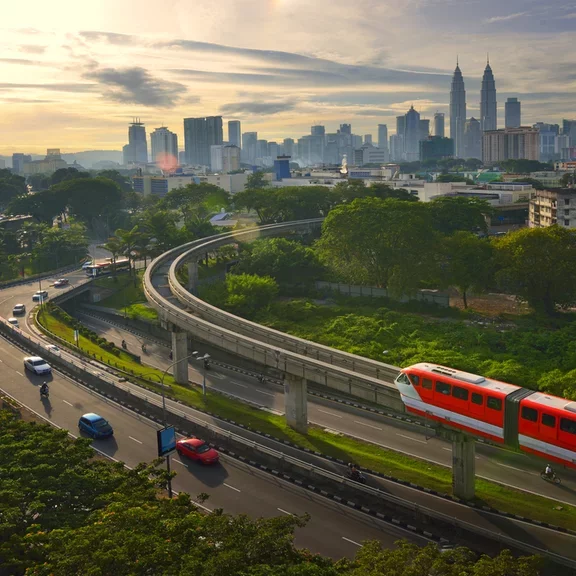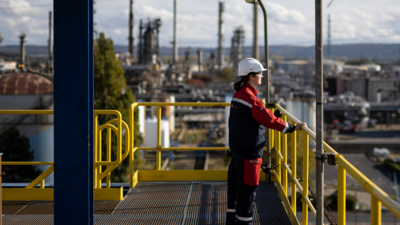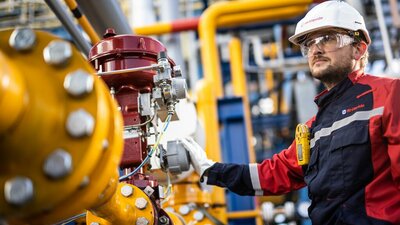Did you know? Air Liquide and hydrogen go back a long way
Published on March 10, 2022
3 minutes
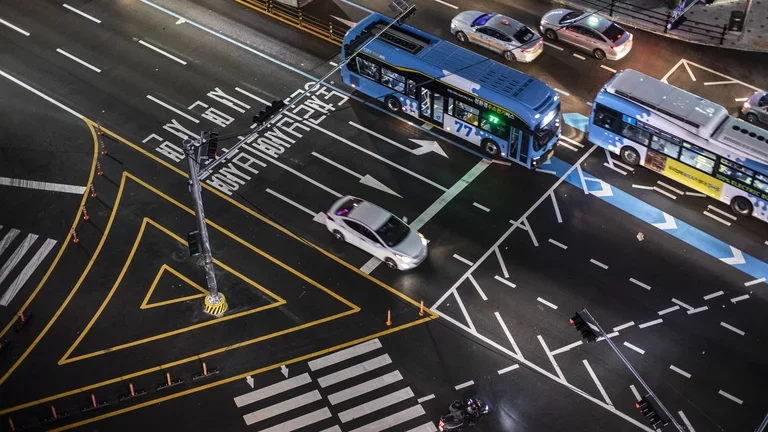
There is a lot of talk about hydrogen at the moment, but where does it actually come from? What is it made up of? And what are the possible uses of this gas in France and around the world? The below Q&A will help you to better understand this hot topic and what is at stake.
What is hydrogen?
When did Air Liquide start producing hydrogen?
Can hydrogen reduce industrial emissions?
A revolution for transport?
Although the rollout of passenger hydrogen vehicles around the world is still limited, hydrogen is facing a surge in demand in both the public transport and heavy transportation sectors. For example, taxis in Paris and buses in Versailles already run on hydrogen. By 2030, this should also be the case for hundreds of thousands of trucks all over the world.
And the next step is beginning, hydrogen for trains and planes:
- Using hydrogen in the rail industry has very positive deployment prospects given that 70% of European rail networks have not yet been electrified
- As for the aviation industry, Air Liquide has committed to developing hydrogen infrastructure in airports, in anticipation of the first hydrogen-powered commercial aircraft, which has been announced for 2035
What do hydrogen-powered vehicles emit?
Only water! They are electric vehicles equipped with a fuel cell that transforms hydrogen into electricity.
The result is zero CO2 emissions and zero noise.
What is the outlook for the hydrogen market?
More than 15 countries across Europe, Asia and North America have integrated hydrogen into their national strategies with significant stimulus plans. In March 2021, Air Liquide announced that it aimed to triple its hydrogen-related revenue and invest approximately 8 billion euros in the low-carbon hydrogen value chain by 2035.

